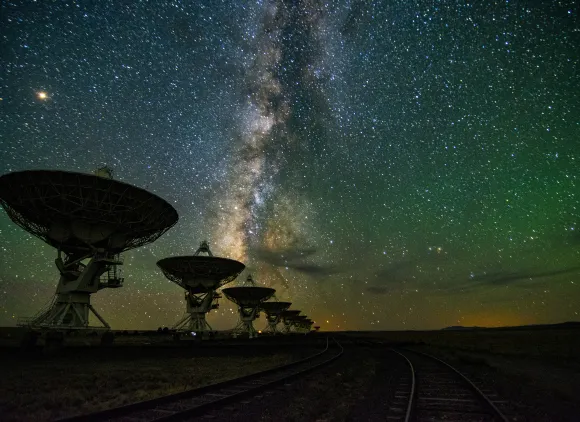Creating a page
To create a page, you must first access the Group you want the page to belong to. You'll find your Groups in the "Groups" navigation dropdown, or on "My dashboard". From the Group, access the "Nodes" page and select "Add new content" (for now, this button can be found up at the top of the page), and then select "Group node (Page)".
How do I build a simple page?
If all you need is a simple one-column page with text, images and video (like this page), you can set up your basic page info and save it, then select "Layout", and add a Text component. Everything you need is accessible from the "Main text" field there.
How do I build a page with a more complex layout?
If you'd like to add some more components to your page (like accordions and tabs), or you'd like to use a multi-column layout for content, you'll need to add more Sections in the "Layout", as described below. To see examples of how you can use various components in a Layout, view the component demo page.
Using the Layout Builder
The Layout Builder is comprised of Sections and Components. Sections can be one, two or three columns, and Components fit within them. Select "Add Section", choose how many column you want, and then add Components.
Sample pages
Here are some pages that use the Layout Builder that are currently live.
- The Rotator Programs page features CTA Components and Accordions.
- The Job Types page uses a hero image with a headline.
- The e-Recruit Frequently Asked Questions page is a simple page using dividers to break up text, and Accordions.
Tips & tricks
- Editing the page title: Even if you're using the Layout Builder, if you want to edit the page title, hero image, menu settings or page tagging, you'll need to go back to the "Edit" page.
- Page columns and spacing: Nearly every page will have sidebar navigation. This means that the amount of room for your page Layout is smaller than it might seem while you're building your page. Keep that in mind and use three-column layouts sparingly.
- Hero images: Hero images are optional. Before using on on a lower-level page, ask yourself: "Does this image contribute value to the page?".
- Linking: When adding a link to an internal page, search for the page itself in the URL reference field (the link icon in the WYSIWYG) rather than using the URL itself, so that if the URL ever changes, the link will still work.
More support content to come on the topics of using the Layout Builder, menu building, workflows and adding media.
Questions?
If you have questions or feedback, please reach out to the Beta team via email at nsf@civicactions.com, or on Teams in our Content Migration channel.

